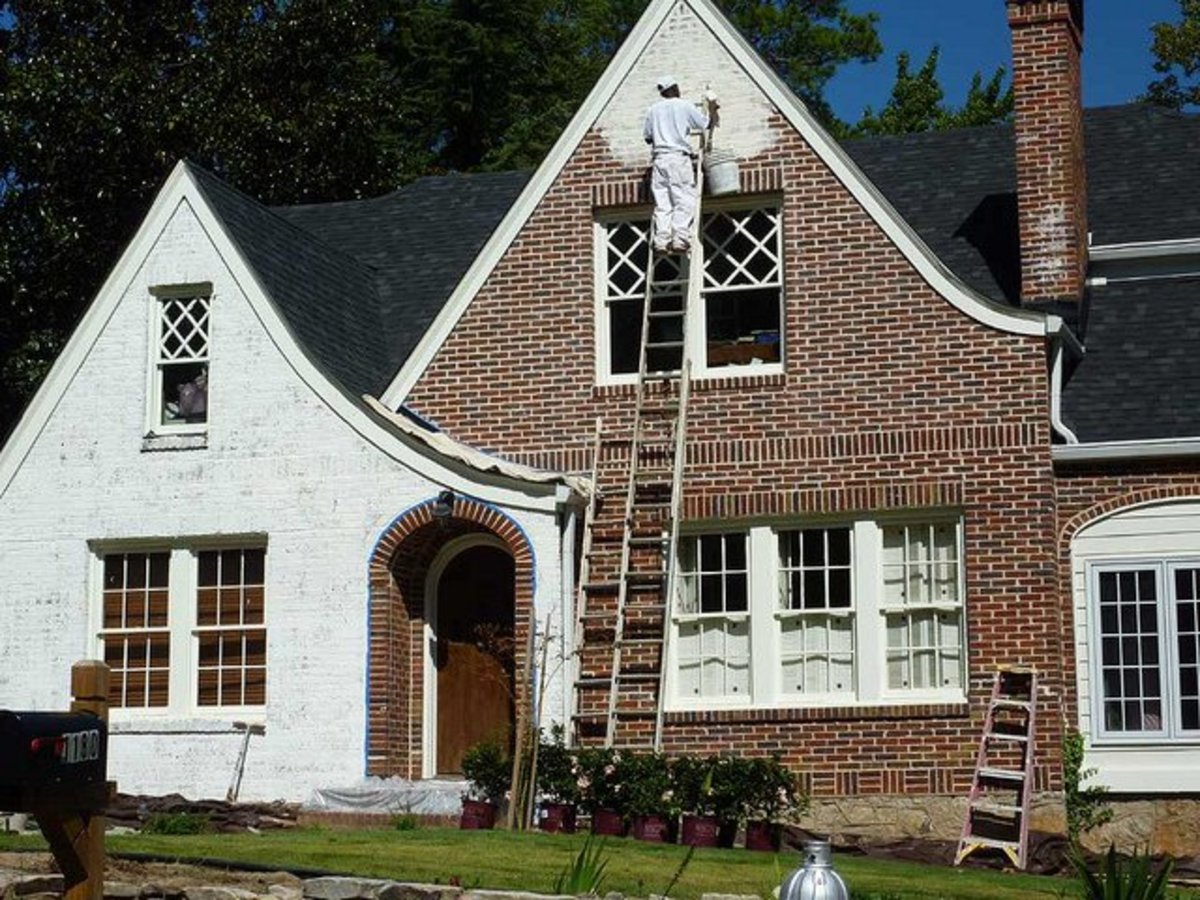So, You’re Going to Paint That Brick
We see it everywhere, lately: beautiful older brick homes that have been refreshed and renewed with a coat of paint. But you really shouldn’t paint brick. Unpopular opinion, I know.
Okay, so, technically, you can paint brick, but you need to make sure several things are correct before you do.
It’s the M Word (Moisture)
Here’s why. Brick is porous and absorbs moisture. It can absorb moisture from the air, from the sky, from the ground. If there are cracks in the brick, open joints, poor roof drainage, or moisture on the ground around the foundation, the brick will wick the water up through the pores of the brick through a process called “rising damp.” Dampness rises up through the brick courses until it reaches a point of equilibrium with the dry outside air. The moisture will eventually evaporate through the brick’s surface. But when brick is painted, both brick and mortar are sealed by non-vapor permeable paint, thereby trapping moisture within the wall.
Trapped moisture can very quickly deteriorate a wall. During the winter, trapped moisture can go through several freezing and thawing cycles in a day. Since ice has a greater volume than liquid water, it will microscopically break apart the brick and mortar. Repeat hundreds of times over a year and the masonry will be on its way to significant deterioration.
Signs of trapped moisture behind painted brick could be blistering paint, indicating that debris is caught between the paint and the brick; flaking paint is another sign, meaning that the paint is no longer adhering to the surface; mortar deterioration is another. Spalling and efflorescence are other results of moisture damage. Efflorescence is a whitish, crystalline deposit that happens if brick has absorbed moisture and then evaporates and leaves mineral salts from within the substrate on the surface, forming a coating that resembles a flower. Spalling is a common mechanism of rock weathering caused by freezing and thawing, unloading, thermal expansion and contraction, or salt deposition.
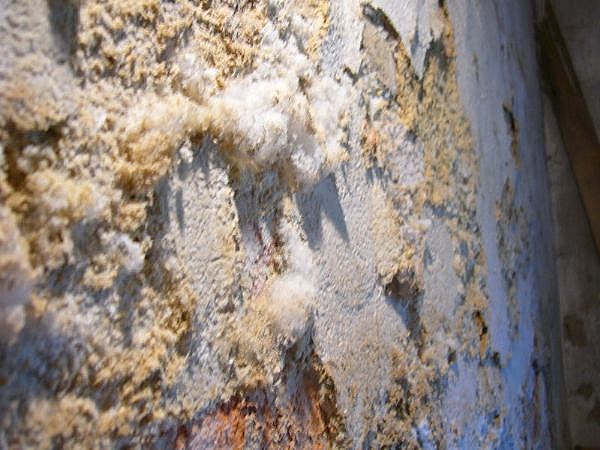 Efflorescence |
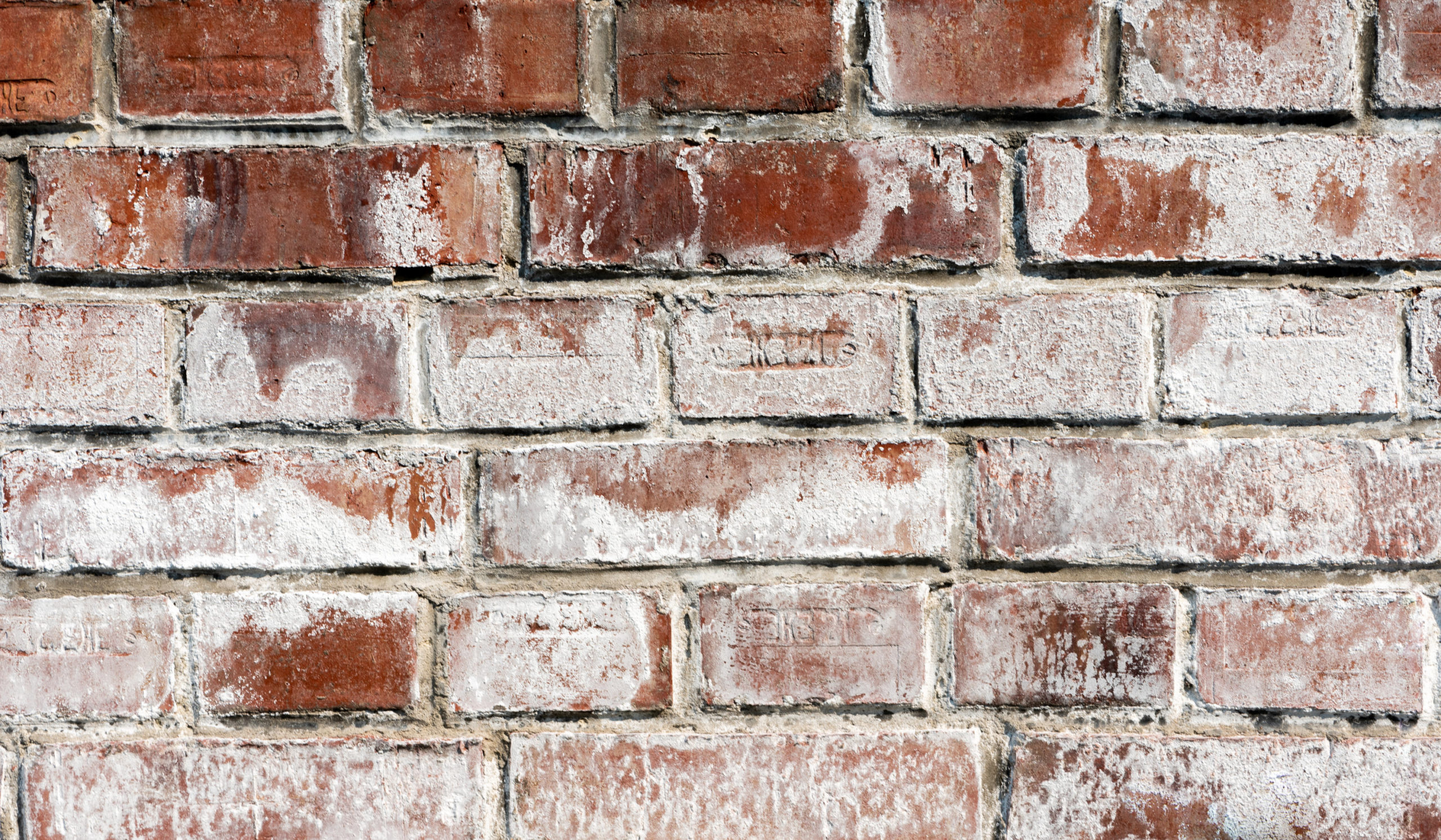 Efflorescence |
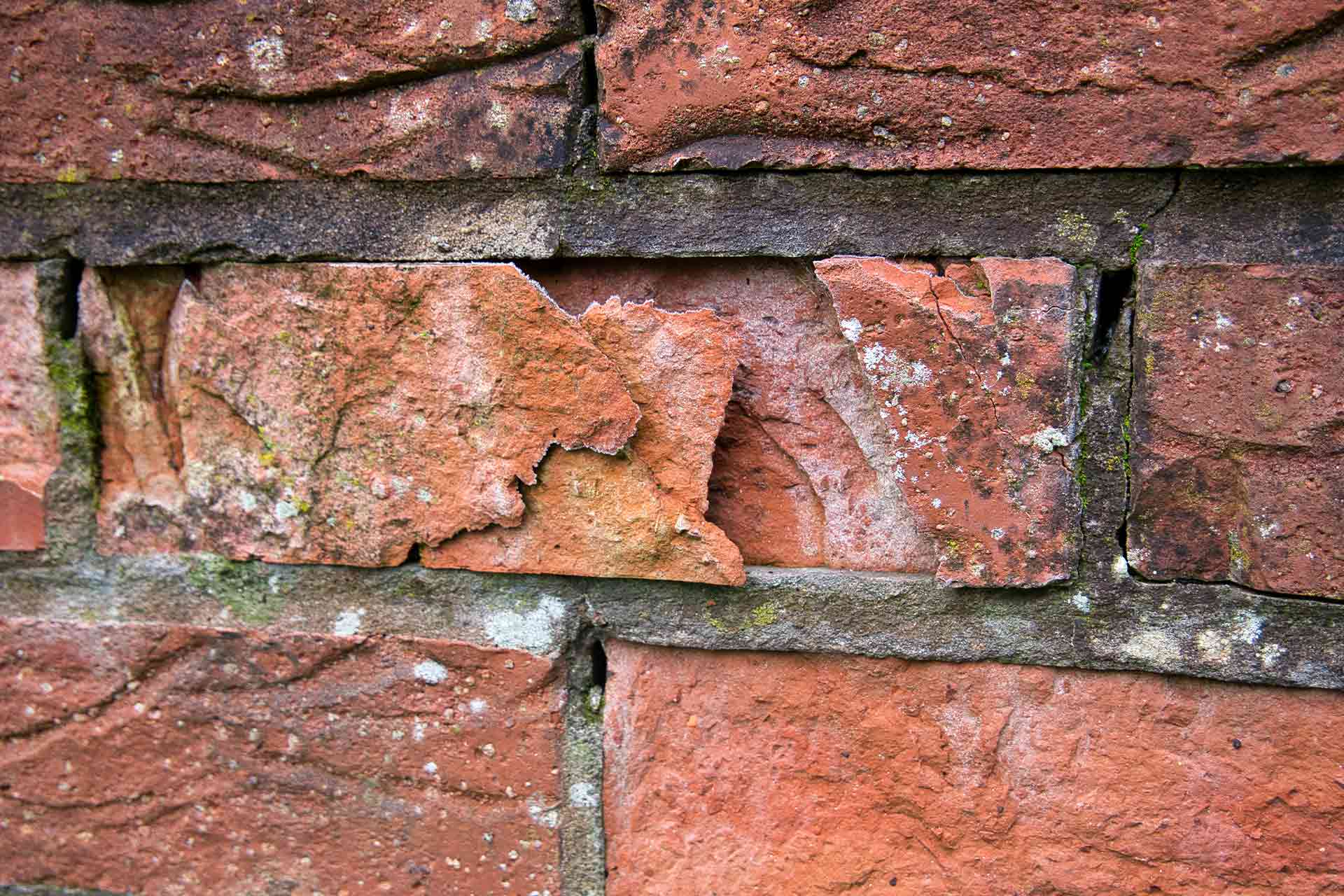 Spalling |
If you really want to paint brick, look for vapor-permeable paint or stain. The brick needs to breathe and so there needs to be a “two-way street.” It needs to be expertly and perfectly applied, meaning that the surface preparation is important. Pressure wash every inch, maybe acid etch, neutralize the surface pH, apply the correct primer, then two coats of paint recommended for use with masonry primer.
Do Your Research and Think About Staining, Instead
As an alternative to paint, staining brick exteriors is a great option. But there are things to consider with stain, as well. First of all, stain offers greater longevity than paint. It’s a permanent surface finish that soaks into the porous bricks and will not ever pull away from the brick like paint can. However, stain will not protect the brick – unless you choose one that has protective additives. But stain does not trap any moisture, which is ideal. If your brick surface has been previously sealed, you will need to need to remove the sealant before you stain.
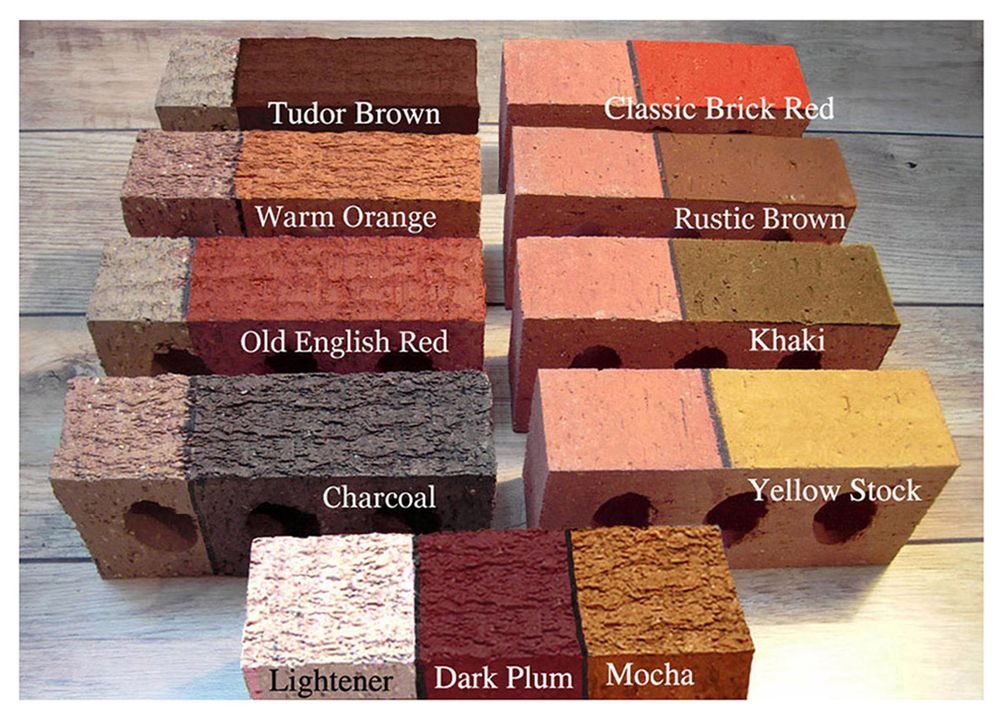 |

 Facebook
Facebook
 X
X
 Pinterest
Pinterest
 Copy Link
Copy Link
